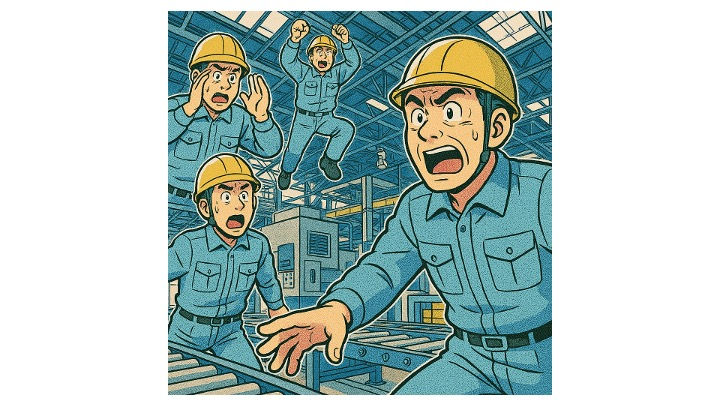SMED 2️⃣ "Fit" into Datum
- hidet77
- Mar 2, 2023
- 3 min read

When I was working on a SMED, we first defined the datum.
As we observed the changeover, a question came up.
“Why do we need to move this fixture vertically?”
The team thought that was an interesting question. And the engineer eliminated the need for vertical movement by changing the design of the fixtures.
As we observed the new changeover, we came up with a similar question.
“Why do we need to move this fixture horizontally?”
A similar reaction happened within the team, and they devised a guide rail to eliminate the need to move horizontally.
Then during the following observation, we thought about the final dimension.
Since the fixture needs to come out and in, this dimension can not be eliminated. Yet, we can minimize it. Also, this dimension should stop at the datum. We should not move the fixture back and forward to align with the datum. The team engineered a stopper.
The result of all this was a significant reduction in time and variation. Quality improved, too. Also, the activity became more straightforward for the operators. Even the less-skilled workers were able to complete the tasks. It also became safer—no need to adjust the fixture in an unsafe manner.
As we showed this changeover to the coach, he mentioned that the fixture “fit” the datum.

“Fit” is a challenging terminology. We use “fit” to describe someone who fits into the culture. Or a shoe fits well. But this shoe fit and ski boot fit is entirely different. “Fit” is a very subjective word. “Fit” in manufacturing typically means that if two things have the same shape, they will “fit.” But in my coach’s case, the meaning was slightly different. It meant to focus more on the “motion of fitting.” The machine and the fixtures “fit.” That is normal. The engineers who designed those two things should design to match the two. (“Should”… I have seen some that do not match, unfortunately.) But my coach’s definition of “fit” meant one-dimensional movement. And arrow moving into a datum. Other than this arrow, other movements are considered waste. The design of the machine & fixture failed to “fit” the datum. Eventually, “fit” is not the same as automatically fits without waste.

When I think about this concept, I recognize it is universal. In some injection molding changeovers, there is a conveyor where the die moves in and out. The reason for having such a conveyor is that it is faster and safer to change than an overhead crane. To understand why it is faster logically, we recognize that the conveyor has only one dimension of movement. At the same time, the crane requires it to move three-dimensionally and has many variations.
Sometimes, I ran into factories that showed the latest changeover technology with conveyors that could move three-dimensionally. Fantastic technology, but the sad part is that they also show that the three-dimensional movement is part of internal work. Yes, it is faster than cranes because the conveyor has more power. It moves more flexibly than the crane because the new conveyor has additional mechanical devices. Yet, the truth that only one-dimensional movement is required for internal work does not change just because we have more powerful technologies. If we have more powerful technology, we should use it to improve the last dimension, not to perform the waste faster.
Of course, the new technology has other benefits like improving external work. But if that is the case, the ROI should compare the benefits of reducing external work. In many cases, they mix the technology and the benefits. They compare the latest technology, in this case, a three-dimensional moving conveyor, against a crane. But what is the benefit of a simple conveyor? The benefits of adding new technology should be compared against the simpler version. Otherwise, we keep over-evaluating new technologies.
No matter the technology, the essence of SMED is to focus on this one-dimensional movement. Every other movement should be considered a waste. We should eliminate or move to external work. And even the last dimension. Only the minimum amount of movement should be done internally.



Comments